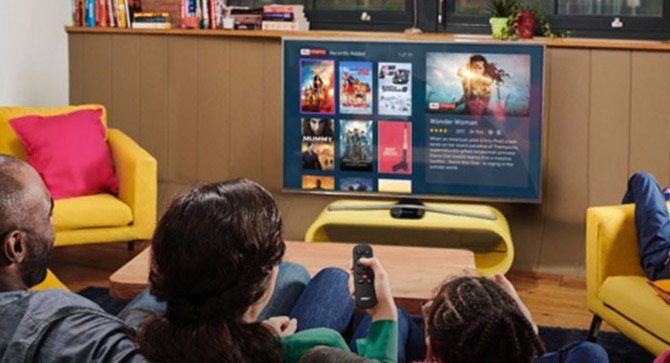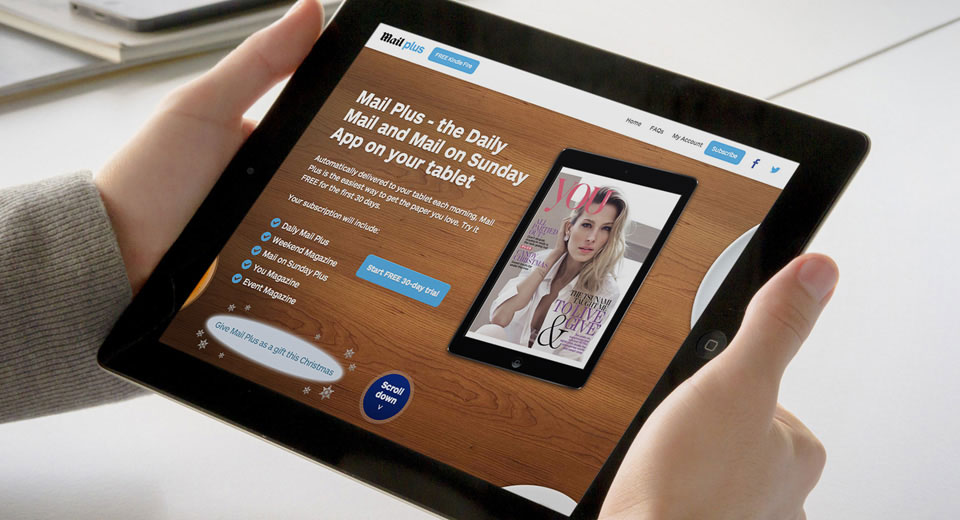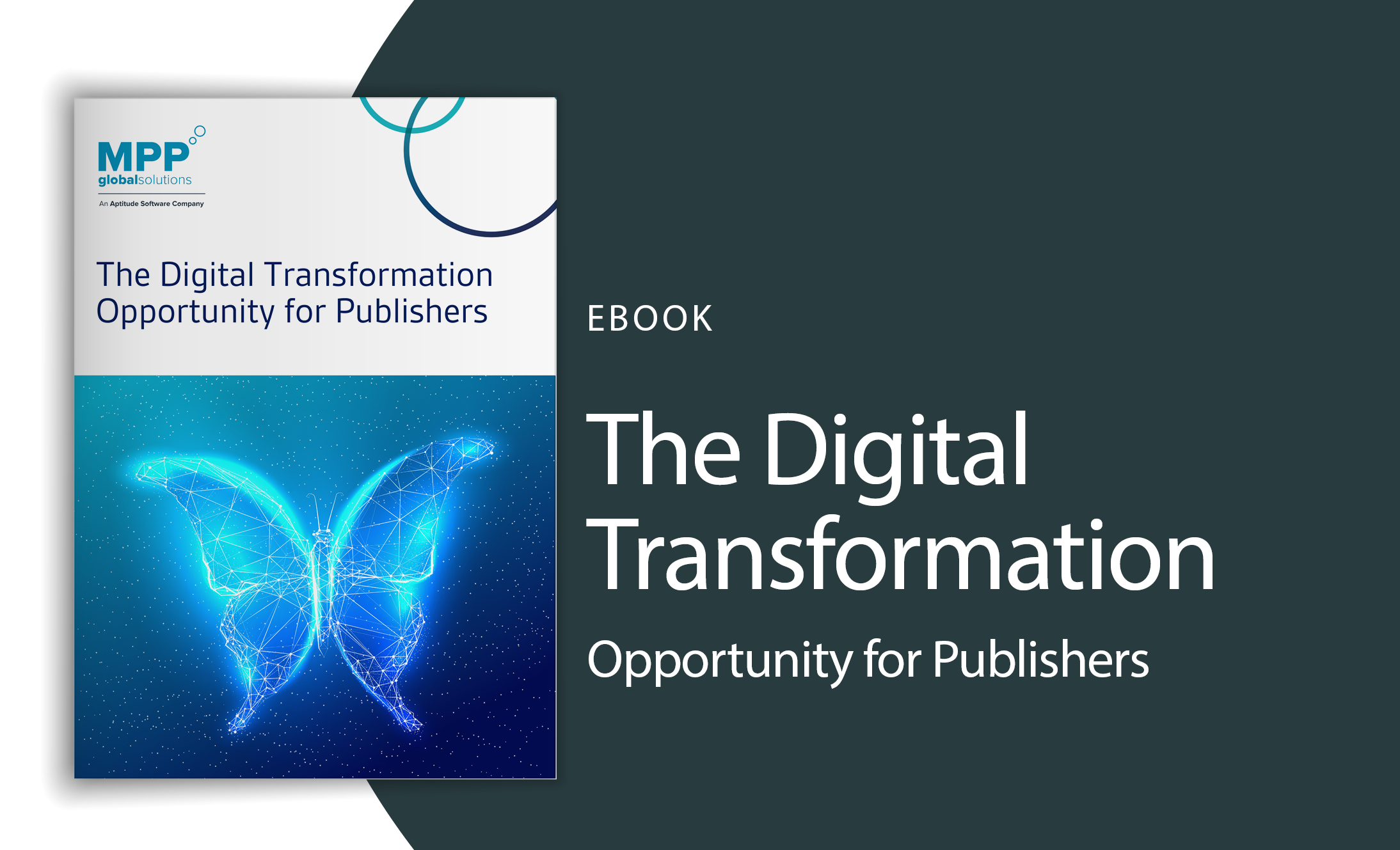New Approaches to Digital Content Monetization

The number of media and entertainment companies moving into the digital content world continues to grow. With more people admitting to paying for digital news in the last year, many of these organizations are looking at ways to stand out from their competitors with new approaches to digital content monetization.
Utilize Flexible Models to Provide Access to Digital Content
Organizations have different requirements and strategies for how they provide access to content. Some have opted for an open site where consumers have free access, while others have erected paywalls to restrict access to content.
But content providers can move away from just one set model. With the adoption of flexible metering technology and mixed approaches, media and entertainment organizations can cater to a larger audience rather than simply the choice between only subscriptions or free content.
Now, these organizations have the opportunity to offer a range of services and models which meet the growing demands of consumers and the evolving digital landscape.
Metered & Registration Walls
More and more publishers are introducing a meter to their websites, which both limits access to content and enables organizations to understand their audience and build a profile around the unknown consumer demographics. Companies can define meter rules based on amount of consumed articles or time-based, as well as find out consumer details including location, device preference and preferred browser.
Similarly, there has been the adoption of a registration wall, which requires no payment details to register. Companies can then develop the consumer profile and better understand their browsing habits after acquiring details such as name, age, gender, hobbies and interests.
These walls provide the company with rich data which develops the consumer profile and can be used to target consumers with tailored incentives and campaigns to convert consumers to paying customers.
Membership & Community
Besides subscriptions, there are consumers interested in memberships which offer more benefits, rewards as well as access to content. Examples of newspapers who have adopted this service include:
- The Daily Mail’s MyMail – provides exclusive member offers, vouchers and access to the Mail eCommerce sites.
- The Times – offers its members access to live web chats, game podcasts, offers, mind games, events, as well as access to the tablet app.
While still providing access to its range of content, media and entertainment companies offering membership services are rewarding their consumers and building customer loyalty.
Bundling & Unbundling
The ability to select packages is not a new concept. What has changed is the option to add and remove channels or sections, such as sports channels or articles, so that consumers are only paying for what they want.
By providing the choice of bundling and unbundling, content providers are enticing consumers at a lower price point, offering a consumer-centric approach, by enabling their consumers to select a package which suits their preferences and pockets.
Device Specific Models
The impact of mobile devices has had a crucial impact on how content is consumed. Globally, 37% are using mobile and 1 in 5 are using tablet to access news content. These figures identify how relying solely on print for revenue is no longer enough.
Some media and entertainment companies already offer consumers flexibility in how they want to consume content, with The Telegraph providing individual subscriptions for Website, Tablet and Newspaper, as well as NOW TV which enables consumers to register up to four devices with the ability to watch from two at the same time. Consumers can choose how to view content based on their preferences, particularly attractive if they are on the go when they want to consume content.
The Role of Apps in the Digital Age
With more and more consumers accessing digital content on mobile devices, the way in which they find content is also changing. There are those turning to apps to access content rather than using mobile sites, with 50% of UK smartphone users admitting they mainly use apps.
The accessibility of apps enables content providers to benefit from consumers viewing content on the go, while providing another tool to connect with and gather data on consumers.
Sharing & Gifting Digital Content
Thanks to the explosion of social media, more and more people have the ability to share content online with 12% of UK consumers sharing a news story via social networks. There has also been the adoption of offering digital content as gifts, with NOW TV offering this service, which enables consumers to purchase a voucher for family or friends.
In providing consumers the ability to share and gift articles or videos, content providers are publicizing content, incentivizing customers and introducing new consumers to their services without the need to spend money in doing so.
Adapting Digital Monetization Strategies
The key to competing in the age of digital is realizing that your business model will not last and there is no silver bullet that will solve the challenges facing media organizations in this new environment.
As Vivaki’s Rishad Tobaccowala puts it, the future does not fit in the containers of the past. With the right technology, people and processes, there are unlimited opportunities which ensure your business models adapt and evolve – all that’s left is opportunity.
We’ve written a basic guide for innovating business models as well as one that applies to the media industry specifically. Check it out here.
 us
us 










